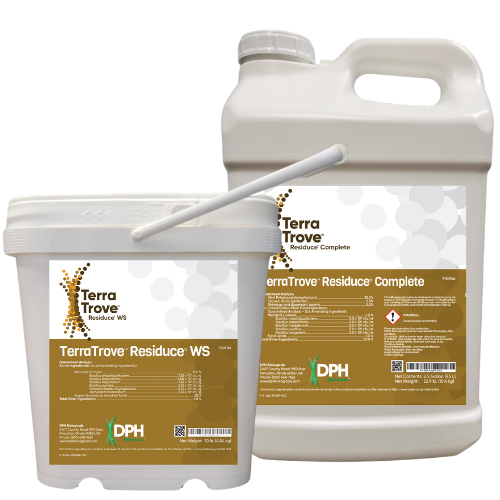Floods Endanger 2008 Yields
The cost of this year’s Midwest flooding may end up rivaling that of the 1993 Midwest floods that caused more than $20 billion in damage and 48 deaths. How hard has agriculture been hit?
This month’s flooding has caused few deaths and the damage has yet to be fully assessed. The Army Corps of Engineers, which operates river locks and dams, said 22 levees along the Mississippi had failed during the week ending June 19, including 12 on June 18. The Corps also said 48 levees protecting more than 285,000 acres of cropland from Dubuque, IA, to St. Louis, MO, were overflowing or at high flood risk.
Estimates are that 5 million acres across the Midwest have been ruined and will not produce a crop this year.
The prospects of smaller crops have jolted commodity markets, food producers. and exporters. Chicago Board of Trade (CBOT) corn prices traded at a record $8.07 a bushel. For 40 years, CBOT corn has traded mostly in a range of $2 to $4 a bushel.
Growers and officials are assessing the damage as the flooding continues in the mid-Mississippi Valley — and according to AccuWeather.com, the picture is not pretty.
Dale Mohler, expert senior meteorologist and AccuWeather.com agriculture expert, says by the time the water recedes in the next one to two weeks it will be too late for crop recovery or replanting. "The flood has taken another chunk out of the corn and soybean crops, but how big a chunk remains to be seen," he says. The situation is the latest blow after a wet spring delayed the planting of corn and soybean crops.
According to Mohler, 5 percent to 10 percent of the corn and soybean crops could be lost. “While that may not seem like a large percentage, it is in a year of tight supplies,” he says.
In Indiana, 26 counties have already been declared Federal Disaster Areas; in some areas stream banks and levees have collapsed. According to an Indiana Natural Resources Conservation Service (NRCS) bulletin issued June 16, the agency anticipates major crop failure. Planting was already two weeks late and only 82 percent of corn and 43 percent of soybeans were planted in the southern part of the state due to previous wet weather concerns.
Reports of flooding, broken levees, and drowned crops and livestock continue to pour in from Iowa and points south. Planalytics’ Greenness maps show that millions of acres of corn throughout the Midwest are in poor condition. Planted late to begin with, the 2008 crop barely made it out of the ground before the rains came. Nearly three-quarters of the state of Iowa received eight inches or more of surplus precipitation in two weeks.
Many people have been asking how large the toll will be on overall corn production. Iowa produces approximately 5 percent of the world’s corn. The real cost in terms of yield won’t be known for some time, says Planalytics.
“Crops not drowned out entirely by floodwaters may survive to produce respectable yields,” said a June 19 Planalytics report. “Granted, with the saturated soils there is some concern that shallow root development might come back to further haunt this crop later in the season if conditions turn dry, but it is simply too early to tell at this point.”






